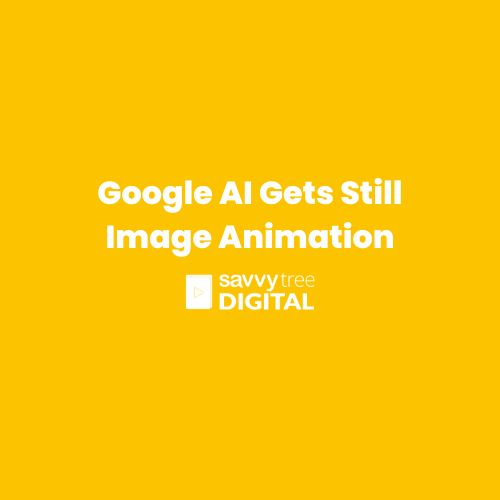n a significant leap forward for generative AI, Google has officially added still image animation to its powerful AI creation suite. This new functionality, primarily powered by the company’s advanced Veo 3 video generation model, allows users to transform static photos into dynamic, short video clips with remarkable ease. This move solidifies Google’s position in the rapidly evolving AI landscape, competing directly with other major players in the generative video space.
Bringing Stillness to Life: How it Works
The core of this new capability lies in Veo 3, Google’s latest iteration of its video generation model, first unveiled at Google I/O. Users can now upload a still image to platforms like Gemini (Google’s unified generative AI assistant) or Flow (its dedicated AI filmmaking tool) and, with the addition of a text prompt, generate an 8-second video. These videos are typically produced in 720p resolution in a 16:9 landscape format and can even include synchronized sound effects, background noise, or generated dialogue.
The process is designed to be intuitive:
- Upload a Photo: Users select a static image they wish to animate. This could be anything from a personal photograph to a sketch, a painting, or a landscape.
- Provide a Text Prompt: This is where the magic truly begins. Users describe the desired motion, action, or even the audio elements they want to see and hear in the generated video. For example, you could upload a picture of a dog and prompt it to “make the dog talk” or a landscape and ask for “trees swaying in the wind.”
- Generate Video: The AI then leverages the Veo 3 model to interpret the image and the prompt, creating a short video clip that brings the static scene to life.
Google has also hinted at more granular control coming to users, with Google Photos reportedly preparing a “Remix” feature that will offer animation styles like “Subtle Movements,” “Go Wild,” and “I’m Feeling Lucky,” allowing for varying degrees of dynamism.
Veo 3: The Engine Behind the Motion
Veo 3 is central to Google’s ambitions in generative video. Since its introduction, it has already been used to create over 40 million videos through the Gemini app and Flow. The model excels at understanding complex prompts, even those that tell a short story, and translating them into realistic and high-fidelity video content with accurate real-world physics and, in some cases, even lip-syncing. This advanced understanding allows for more consistent object and character representation across frames, a common challenge in AI video generation.
Practical Applications and Creative Potential
The addition of still image animation unlocks a vast array of creative and practical applications:
- Social Media Content: Users can quickly generate engaging and unique animated posts from their photos, potentially sparking new content trends. Imagine animating product shots for brands, giving personality to inanimate objects, or creating humorous memes.
- Storytelling: Artists and creators can bring their static artwork, illustrations, or even children’s drawings to life, adding a new dimension to their narratives.
- Memory Preservation: Individuals can transform old photographs into short, dynamic clips, reliving memories in a more immersive way.
- Rapid Prototyping: Designers and marketers can quickly visualize concepts by animating still images, saving time and resources in the ideation phase.
Responsible AI and the Road Ahead
Google emphasizes its commitment to responsible AI development and deployment. To mitigate potential misuse, all videos generated via Veo 3 include visible AI-generated watermarks and invisible SynthID signatures. These measures help users and platforms verify the authenticity of the content. Furthermore, Google employs extensive “red teaming” exercises, proactively testing its systems for potential abuse scenarios and implementing strict content moderation policies. The company also states that its current models are better at animating everyday objects, drawings, paintings, and nature photos, with improvements, especially for face animation and maintaining consistent facial features, planned for future updates.
While the technology is still evolving and may occasionally produce outputs not fully representative of the original image, Google’s introduction of still image animation marks a significant step towards making sophisticated generative AI tools more accessible and user-friendly. As the technology continues to refine, we can expect to see even more seamless and impressive transformations of static images into captivating video experiences.

